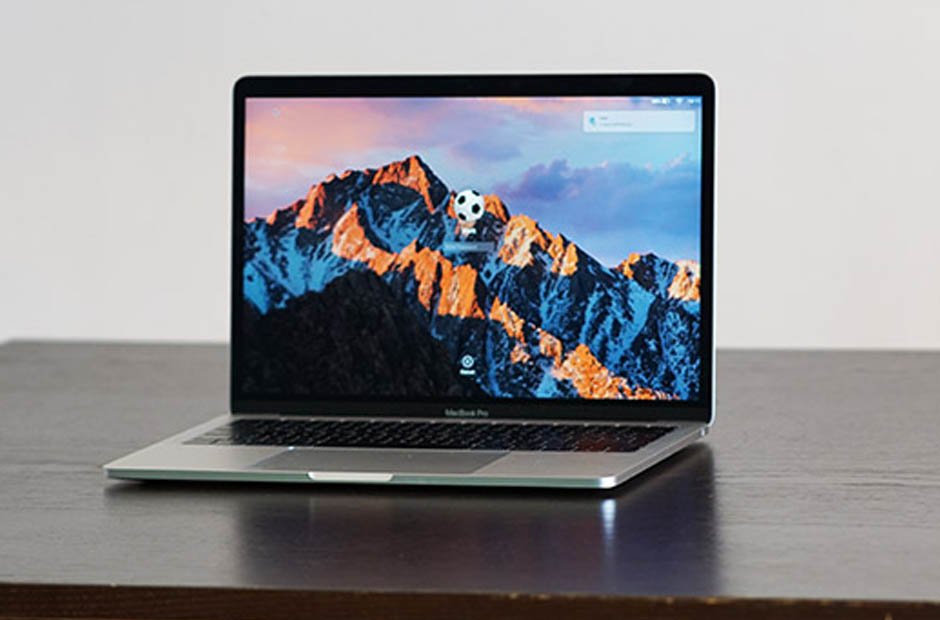Table of Contents
Introduction
In the ever-evolving world of technology, the demand for high-performance laptops continues to soar. For many budget-conscious consumers and environmentally conscious businesses, refurbished laptops have become an attractive option. However, navigating the landscape of refurbished devices requires a keen understanding of what goes into ensuring the quality of these products. In this blog post, we will explore the nuances of refurbished laptop quality, helping you make informed decisions when considering these devices for your IT needs.
Understanding the Refurbishment Process
Refurbished laptops undergo a comprehensive refurbishment process to ensure they meet quality standards. This process typically involves:
Inspection and Testing: The first step in refurbishing a laptop is a thorough inspection. Technicians carefully examine each component, checking for any signs of wear, damage, or malfunction. After inspection, the laptop undergoes rigorous testing to identify and address any performance issues.
Component Replacement: Faulty or outdated components are replaced during the refurbishment process. This can include upgrading RAM, replacing a malfunctioning hard drive, or installing a new battery. The goal is to bring the laptop as close to its original specifications as possible.
Cleaning and Cosmetics: Refurbished laptops are cleaned both internally and externally. Dust and debris are removed from the internal components, and the exterior is cleaned to restore the device to a like-new appearance. Cosmetic imperfections, such as scratches or dents, may also be addressed to enhance the overall aesthetic.
Software Installation and Updates: The operating system and other software are reinstalled and updated to the latest versions. This ensures that the laptop is running on secure and up-to-date software, providing a smooth user experience.
Quality Grades for Refurbished Laptops
Refurbished laptops are often categorized into different quality grades to give consumers an idea of the device’s condition. The most common grades include:
Grade A: These laptops are in excellent condition and may show minimal signs of use. They typically look and function like new, making them a popular choice for users who want a high-quality device at a more affordable price.
Grade B: Grade B laptops may have slightly more visible signs of wear, such as small scratches or dents. However, they still function well and offer a cost-effective option for those willing to compromise on cosmetic perfection.
Grade C: Laptops in this category may have more noticeable wear and tear, both cosmetically and functionally. While they are the most budget-friendly option, they may not provide the same level of performance or aesthetics as higher-grade devices.
Choosing the Right Refurbished Laptop for Your Needs
When considering a refurbished laptop, it’s essential to assess your specific requirements and expectations. Here are some factors to keep in mind:
Performance: Determine the level of performance you need based on your intended use. If you require a laptop for basic tasks such as web browsing and word processing, a lower-grade refurbished laptop may suffice. However, for more demanding tasks like graphic design or video editing, investing in a higher-grade device is advisable.
Budget: Your budget will play a significant role in determining the grade of refurbished laptop you can afford. While Grade A laptops offer top-tier quality, Grade B or C devices may provide a more economical solution without compromising functionality.
Warranty and Return Policy: Look for a reputable ITAD company that offers a warranty and a flexible return policy. This provides added assurance that you can address any issues that may arise after your purchase.
Brand Reputation: Consider purchasing from well-known and reputable brands or ITAD companies. Established brands often have stringent quality control measures in place, ensuring a higher standard for their refurbished products.
Extended Considerations for Refurbished Laptop Buyers
In addition to the fundamental factors mentioned above, there are several nuanced aspects to consider when diving into the world of refurbished laptops.
Environmental Impact:
Choosing a refurbished laptop aligns with eco-conscious practices by extending the lifecycle of electronic devices. When compared to the manufacturing process of new laptops, refurbishing requires fewer resources and reduces electronic waste. Consider the environmental impact of your purchase, contributing to a more sustainable approach to technology consumption.
Data Security:
When purchasing a refurbished laptop, inquire about the data sanitation process employed by the ITAD company. A reliable seller will ensure that the device has been securely wiped of any previous user data, protecting your privacy and minimizing the risk of security breaches.
Battery Life:
Battery health is crucial, especially for users who need a portable device. Refurbished laptops often come with a new or recently replaced battery, but it’s essential to inquire about the battery’s condition and longevity. Some sellers may provide information on the battery cycle count and its remaining capacity, giving you insights into how much life the battery has left.
Upgradability:
One advantage of refurbished laptops is the potential for upgradability. Some laptops may have user-replaceable components, allowing you to further enhance performance by upgrading RAM or swapping out the hard drive for a higher-capacity SSD. Before making a purchase, check the model’s specifications and user manuals to understand the extent to which the laptop can be upgraded to meet future demands.
Conclusion
Cracking the code to high-quality refurbished laptops involves a holistic consideration of various factors, from the refurbishment process and quality grading to more nuanced aspects like upgradability, battery life, and environmental impact. By delving into these considerations and choosing wisely, you not only acquire a budget-friendly device but also contribute to sustainable practices in the ever-evolving landscape of technology consumption. Armed with this comprehensive knowledge, you’re ready to make an informed decision that aligns with your needs, values, and the demands of the digital age.










